Larix species?
conifer50
8 years ago
Featured Answer
Sort by:Oldest
Comments (101)
wisconsitom
7 years agoKyle (East TN, 6b/7a)
7 years agoRelated Professionals
Fillmore Landscape Architects & Landscape Designers · Fort Lee Landscape Architects & Landscape Designers · Saint Charles Landscape Architects & Landscape Designers · Deer Park Landscape Contractors · Fairview Landscape Contractors · Hoover Landscape Contractors · Lorain Landscape Contractors · New Cassel Landscape Contractors · Norristown Landscape Contractors · River Ridge Landscape Contractors · San Pedro Landscape Contractors · Sugar Hill Landscape Contractors · Vancouver Landscape Contractors · New Carrollton Landscape Contractors · Clearfield Landscape Contractorskentrees12
7 years agoKyle (East TN, 6b/7a)
7 years agodavidrt28 (zone 7)
7 years agolast modified: 7 years agowisconsitom
7 years agokentrees12
7 years agobengz6westmd
7 years agowisconsitom
7 years agokentrees12
7 years agodavidrt28 (zone 7)
7 years agoEmbothrium
7 years agolast modified: 7 years agodavidrt28 (zone 7)
7 years agolast modified: 7 years agohairmetal4ever
7 years agoEmbothrium
7 years agoEmbothrium
7 years agolast modified: 7 years agodavidrt28 (zone 7)
7 years agolast modified: 7 years agoEmbothrium
7 years agolast modified: 7 years agodavidrt28 (zone 7)
7 years agolast modified: 7 years agodavidrt28 (zone 7)
7 years agolast modified: 7 years agodavidrt28 (zone 7)
7 years agogardener365
7 years agolast modified: 7 years agoconifer50
7 years agoconifer50
7 years agogardener365
7 years agolast modified: 7 years agohemlock140 Zone 8B
7 years agoKyle (East TN, 6b/7a)
7 years agogardener365
7 years agoKyle (East TN, 6b/7a)
7 years agoHuggorm
7 years agogardener365
7 years agoKyle (East TN, 6b/7a)
7 years agogardener365
7 years agodavidrt28 (zone 7)
7 years agolast modified: 7 years agogardener365
7 years agodavidrt28 (zone 7)
7 years agolast modified: 7 years agogardener365
7 years agowisconsitom
7 years agobengz6westmd
7 years agolast modified: 7 years agobengz6westmd
7 years agolast modified: 7 years agowisconsitom
7 years agobengz6westmd
7 years agolast modified: 7 years agosalicaceae
7 years agowisconsitom
7 years agodavidrt28 (zone 7)
7 years agolast modified: 7 years agowisconsitom
7 years agodavidrt28 (zone 7)
7 years agoconifer50
5 years ago
Related Stories
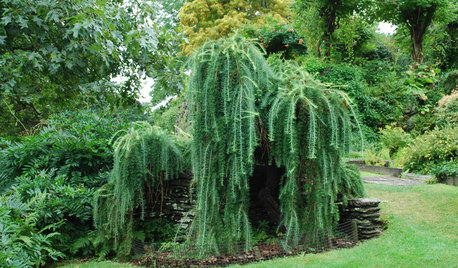
GARDENING GUIDESGreat Design Plant: Larix Decidua ‘Pendula’
Soft, graceful and sculptural, weeping larch is a star in northern U.S. gardens
Full Story
LANDSCAPE DESIGNThe 7 Best Plant Types for Creating Privacy and How to Use Them
Follow these tips for using different kinds of plants as living privacy screens
Full Story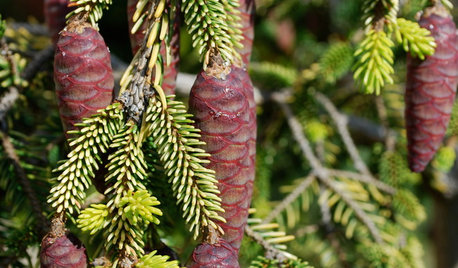
GARDENING GUIDESGreat Design Plant: Skylands Oriental Spruce, a Favorite Conifer
Brighten up a drab corner of your garden with Picea orientalis ‘Skylands’, a smaller spruce that a bird family might just call home
Full Story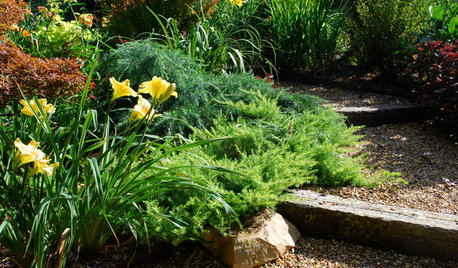
GARDENING GUIDESGreat Design Plant: Cedrus Deodara ‘Feelin’ Blue’
The smallest of the cedars softens a hardscape while bringing structure and texture to the garden
Full Story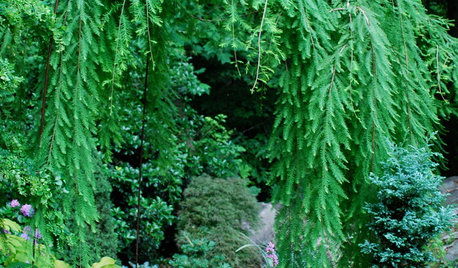
LANDSCAPE DESIGNThe Weepers and the Creepers: 10 Intriguing Trees for Your Garden
Bring something a little different to your landscape with a tree that dives, twists or crawls
Full Story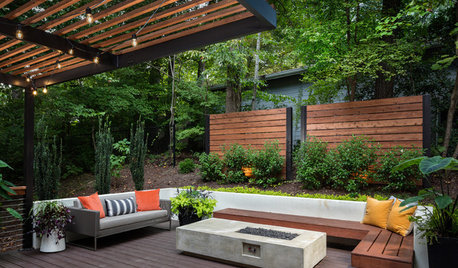
GARDENING AND LANDSCAPING8 Rot-Resistant Woods for Your Outdoor Projects
No need for chemical treatments on your deck or pergola. These woods stand up to weather, insects and time beautifully on their own
Full StoryMore Discussions







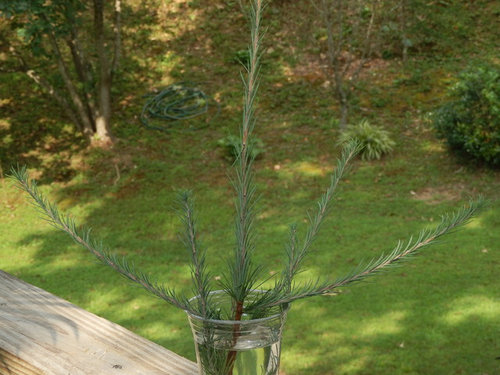
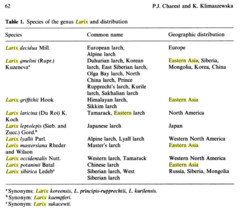
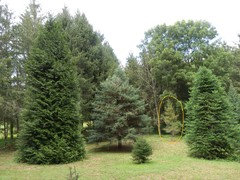

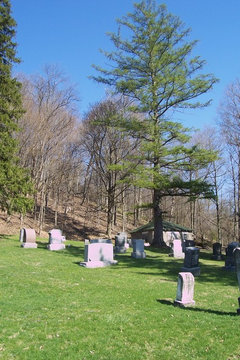
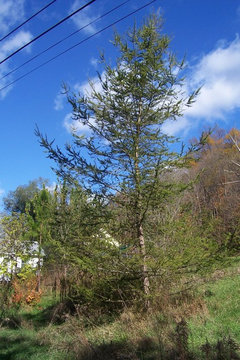
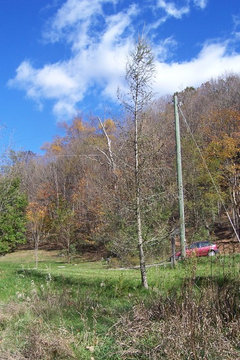
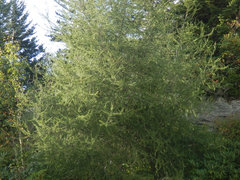

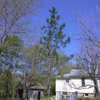
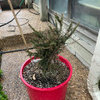

wisconsitom